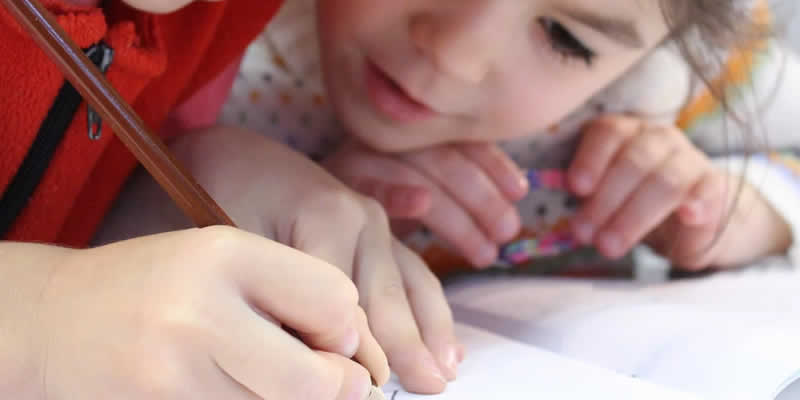Scientists used a brain implant and video camera eyeglasses to help a blind woman see basic shapes after being completely blind for 16 years.
Researchers performed a sequence of tests on the 58-year-old volunteer and found that they could create visions of shapes and letters using penetrating electrodes. The results could help in producing a visual brain prosthetic implant to help the blind become more independent.
- Ground-breaking technology enables man with paralysis to communicate in sentences
- Low Carb Program with remote clinical appointments shown to be as effective as face-to-face obesity weight management services
“One goal of this research is to give a blind person more mobility,” said Professor R. A. Normann, co-author on the study. “It could allow them to identify a person, doorways, or cars. It could increase independence and safety. That’s what we’re working toward.”
A microelectrode array made up of 100 microneedles was inserted into the blind woman’s brain, specifically her visual cortex. She wore a pair of eyeglasses with a video camera which sent visual data to the electrodes. They then stimulated the nearby neurons and created ‘phosphenes’ (visually creating the impression of light without a genuine light source) which allowed the woman to visualise an image in her brain.
Study author Professor Eduardo Fernández, from the University Miguel Hernández, said: “These results are very exciting because they demonstrate both safety and efficacy and could help to achieve a long-held dream of many scientists, which is the transfer information from the outside world directly to the visual cortex of blind individuals, thereby restoring a rudimentary form of sight.”
He continued: “Although these preliminary results are very encouraging, we should be aware that there are still a number of important unanswered questions and that many problems have to be solved before a cortical visual prosthesis can be considered a viable clinical therapy.”
- Study finds eating a curry takeaway brings the most happiness to people
- “There’s a buzz that’s created”: Dr Simon Tobin explains how parkrun is making people with diabetes happier and healthier
The scientists made a video game to help the woman get used to, and practice with, the prosthetic implant. The brain implant did not harm the woman or create any negative side effects.
Co-author Professor P. Roelfsema said: “This work is likely to become a milestone for the development of new technologies that could transform the treatment of blindness.”
Due to her participation, the volunteer is now a co-author of the study.
The group of scientists from the University Miguel Hernández (Spain), the Netherlands Institute of Neuroscience (Netherlands) and the John A. Moran Eye Center at the University of Utah (USA) hope that further research can utilise a more high-level image encoder system to stimulate more electrodes and create more detailed visual images.
The study was published in the journal Clinical Investigation.





